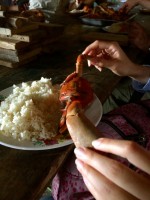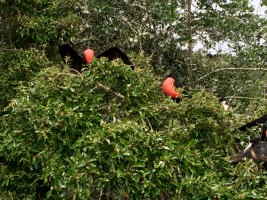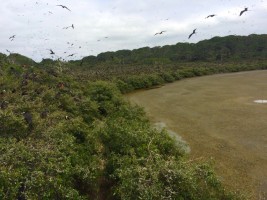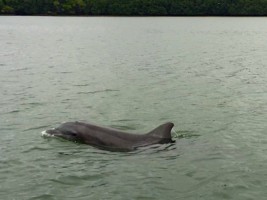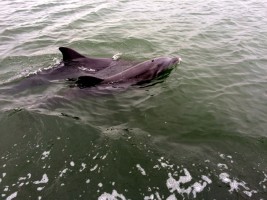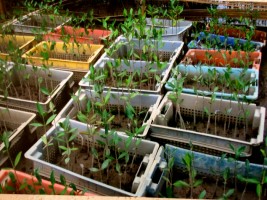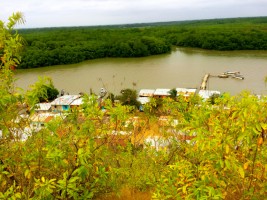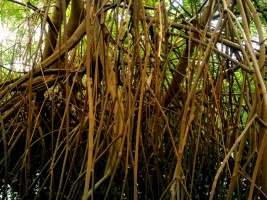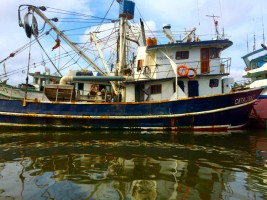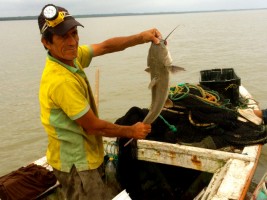Better mangroves for people: ensure long-term income generation in the gulf of Guayaquil

Ecuador has 2,859 km of continental coastline comprised of a succession of mangroves, reefs, tidal plains and wave-erosion coasts. Since 1969, the surface covered with mangroves has decreased from 203,625 ha to 147,228 ha, mainly due to shrimp farms. Moreover, overharvesting of products in coastline such as mangrove cockles and red crabs has dramatically reduced the possibility for local communities to obtain economic benefits.
This project, managed by Conservation International (CI), will take place in the Gulf of Guayaquil. This zone holds 82 percent of the mangrove forests and is a high priority conservation area due to meeting of the Guayas River with the Pacific Ocean, creating an important diversity ecosystem. CI aims to work more specifically with two crab harvesting associations of Balao parish, and fishermen living inside El Morro Wildlife reserve in the implementation of alternatives to reduce over-harvesting of mangrove resources, while ensuring access and a good distribution of economic benefits from mangroves management.
The Ecuadorian government already issued a decree and a program to protect this zone, but the protection of the mangrove and its biodiversity are still a challenge. More efforts are needed in the establishment of organizational processes, in the set up of monitoring and control systems for the area, in the sustainable management of the fishery resources as well as investments in the management of the area.
The main objective of this project is to reduce over-harvesting of mangrove resources, while improving the livehoods of local people.
Various activities are planned to reach secondary objectives of this program.
Objective 1: To strengthen the organization capacities for participatory and inclusive decision making processes.
The CI team will assesses structural strengths and weaknesses of the associations and of the fishermen and identify priority-building activities. They will also work on decision-making processes. The impact of all of this will be assessed at the end of the project.
Objective 2: To implement good practices for sustainable mangrove management.
The project team will identify management challenges and best improving strategies with the people involved for the management of the mangrove. It will also develop a community-based monitoring system of the red crabs and mangrove cockles. The associations and the fishermen involved will exchange with other associations in the Gulf. Finally the people involved will follow up all of this, and the results will be presented to local and national government agencies to promote the replication of the project.
Objective 3: To ensure economic benefits from mangrove management.
The aim is to improve the value chains of products extracted from the mangroves by updating the red crabs’ and mangrove cockles’ value chains data, implementing new practices to obtain high quality products and identifying and engaging buyer of the products extracted. The socio economic impact of these improvements on the families from the associations and of fishermen will be monitored.
Final report summary:
- Objective 1: More than 60% of man and women in the associations have increased their knowledge on management of mangrove concessions. A document describingwomen´s role in the management of concessions and commercialization of products was completed. 100% of women fishers, 15% of the fishermen’s wives and 100% of the El Morro’s craftswomen association (APAPUMEN) members attended the trainings.
- Objective 2: 2 monitoring systems have been set up and are operational to control the compliance of the minimum sizes and maximum quantities of products extracted from the mangrove: one managed by the Ministry of Environment and another implemented directly at community level and managed by the associations. The rate of legal captures, compliant with the minimum sizes and harvesting seasons, was strongly improved.
- Objective 3: One report on the value chain and market strategy for crabs and cockles was developed. Before, the fishermen didn’t sell directly to restaurants, so a supply chain with restaurants in the area was created. This enabled to enhance the fishermen’ revenue by increasing the selling price from $16 to $22 per 100 units for cockles and from $7 to $10 per dozen for crabs.
Check out this video introducing the project.

Red crab © Conservation International
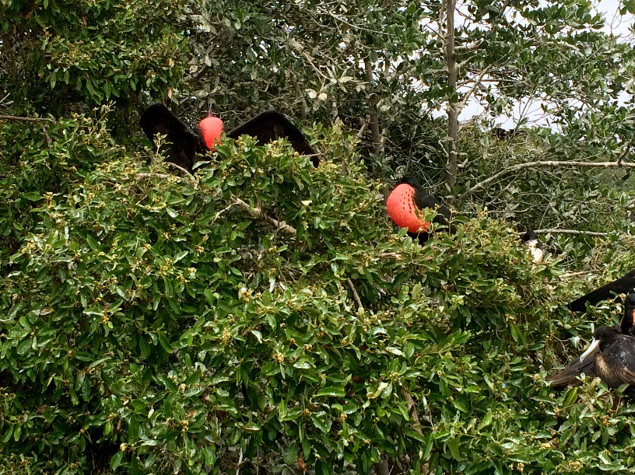
Great frigatebird © Conservation International
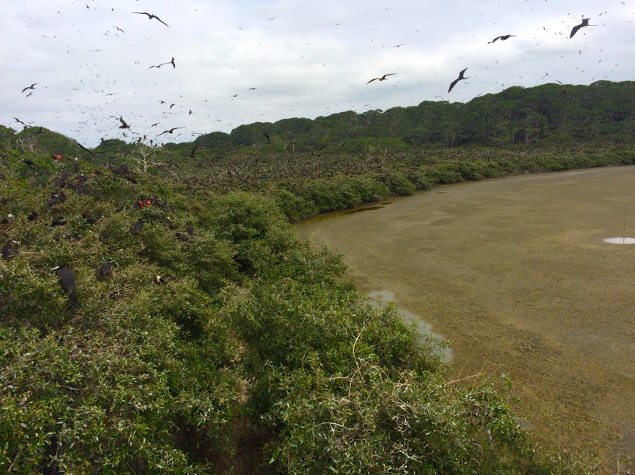
© Conservation International
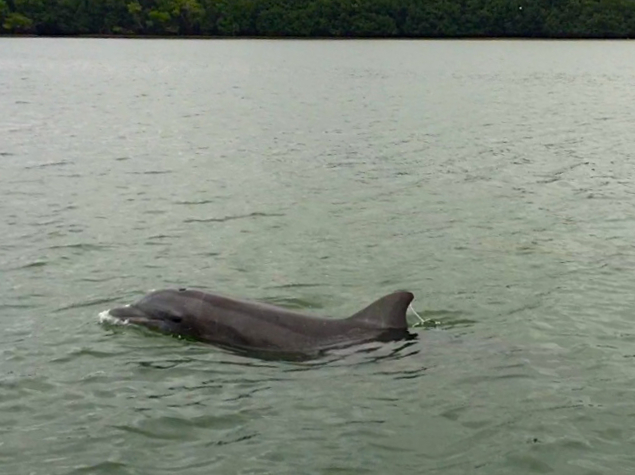
© Conservation International

© Conservation International
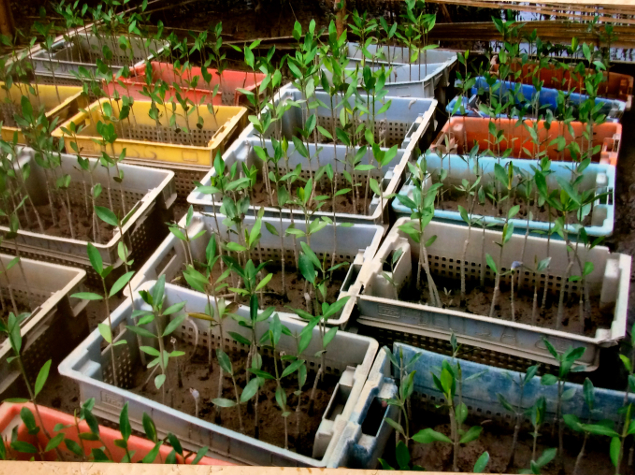
© Conservation International
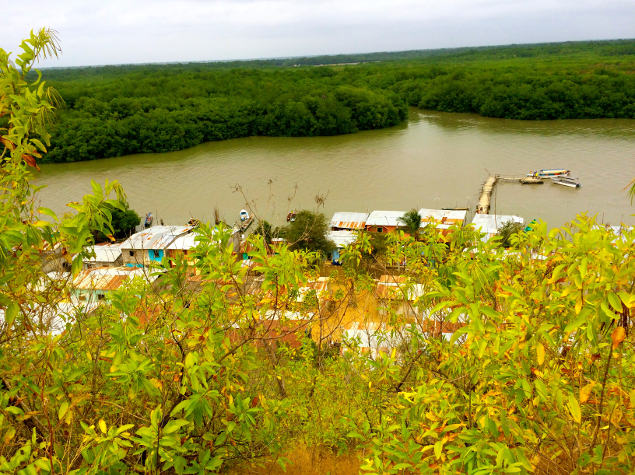
© Conservation International
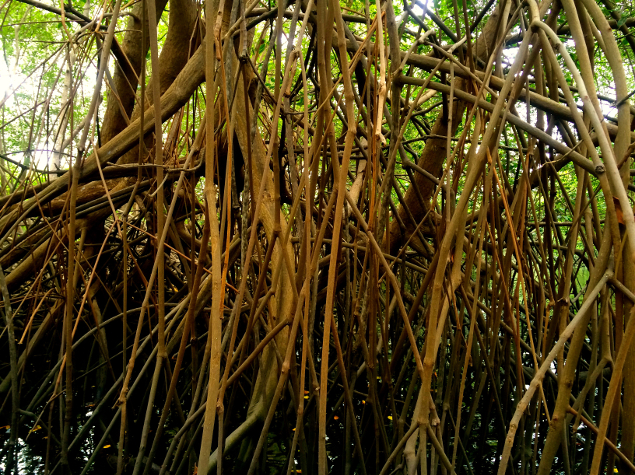
© Conservation International
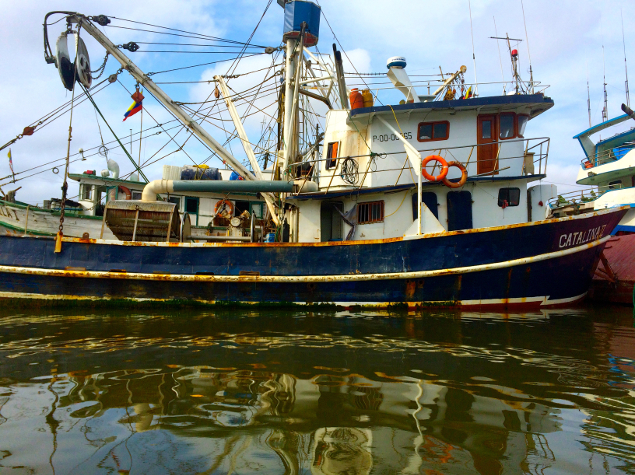
© Conservation International

© Conservation International
